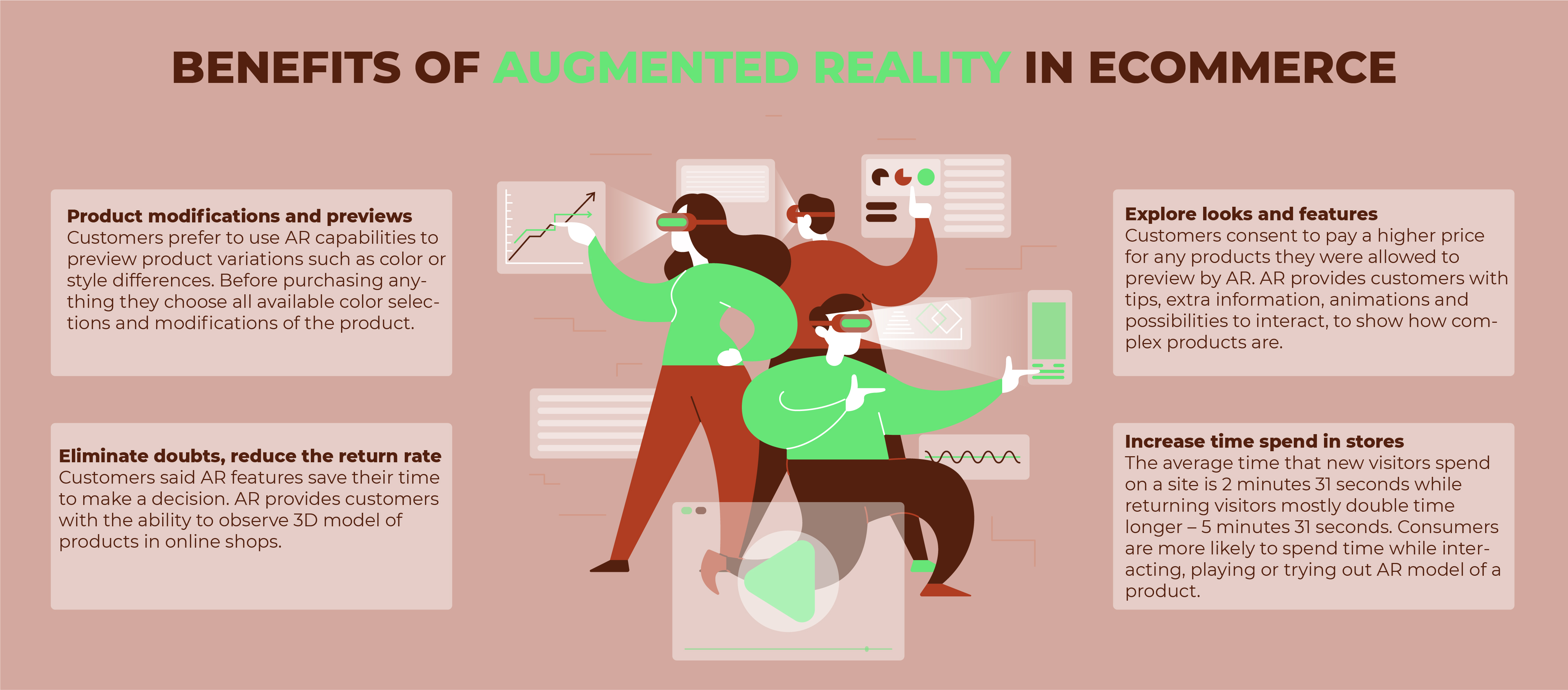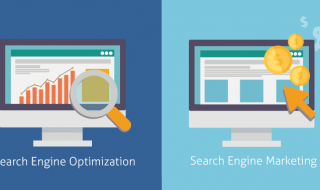
We are all aware that the Internet has transformed the ways in which we approach our daily tasks. This is particularly relevant when speaking of the online retail environment, as a nearly limitless number of items are now at our fingertips. Sellers and entrepreneurs are therefore at a massive advantage if they are aware of the cutting-edge technology at their disposal. One concept known as augmented reality is set to have a massive impact upon revenue generation and it is a good idea to take a look at what we can expect to witness in the coming fiscal year.
What are the Differences Between Augmented Reality and Virtual Reality?
We should first begin by making it a point to note that augmented reality (sometimes referred to as “AR“) is actually quite different than virtual reality (VR). The main disparity is that augmented reality simply adds another dimension to the live depiction of a product. This is often accomplished through the use of a walk-around feature (such as when viewing a virtual apartment room) or a 360-degree camera. The main intention is to provide the user with a more realistic and in-depth appreciation of what is being offered.
On the contrary, virtual reality is intended to offer the user a completely immersive experience that tries to rival (or even equal) real-life surroundings. This is why VR is now a popular tool in terms of online gaming. Additionally, virtual reality will require a separate headset (such as the Oculus Rift). No such hardware is needed to view items displayed in augmented reality.
Now that we have an appreciation of the differences between these two approaches, how can augmented reality help to positively influence your online retail campaign?
Keeping One Step Ahead of the Online Retail Sales Curve
Customers are increasingly demanding in terms of brand loyalty, and rightfully so. They are well aware of the multitude of choices at their disposal and only the best products will do. Companies which utilise the power of augmented reality clearly illustrate that they care about the needs of the end user. This cutting-edge software likewise demonstrates that the firm is keeping up with modern technological demands. However, there are many other advantages which might not be as apparent. Some of the most pivotal include:
- The ability to seamlessly display products on mobile devices.
- Less need for lengthy (and obtuse) text segments.
- Fewer questions in regards to product components or designs.
- Lower chances of product returns.
All of these windfalls will ultimately result in more reliable revenue streams; providing an additional source of sustainable income. The good news it that there are many third-party firms which now offer this software at reasonable prices. Not only can such technology be quickly implemented into an ongoing sales campaign, but it will promote products within a virtual perspective that would have been impossible to achieve only a handful of years ago. Augmented reality is certainly set to transform the 2019 marketplace.





